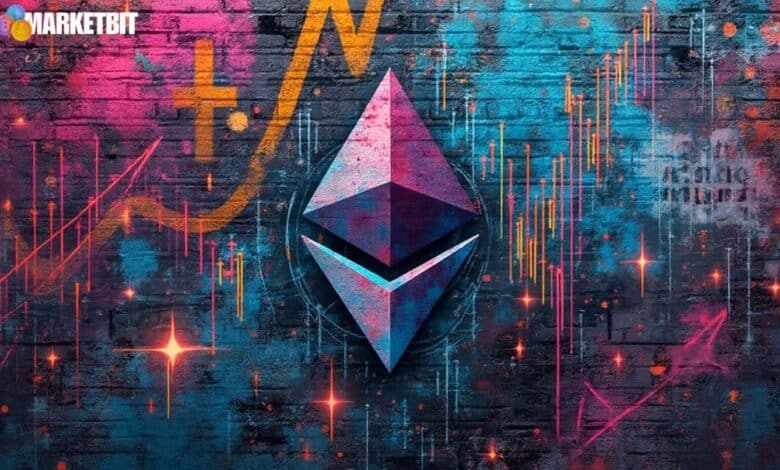Nansen AI Chatbot Aims to Revolutionize Crypto Trading

- Nansen AI launches, revolutionizing crypto trading strategies with unique features.
- Influences Ethereum and Solana trading flows.
- User-centric pricing encourages broader adoption.
Nansen has launched its new AI chatbot, Nansen AI, leveraging on-chain data from over twenty blockchains, enhancing trading strategies through insights from top crypto traders, officially released on September 25, 2025.
This launch aims to democratize access to advanced trading insights, significantly impacting assets like Ethereum and Solana, while potentially reshaping retail and institutional trading strategies.
On September 25, 2025, Nansen launched its AI chatbot, trained on top crypto traders. It uses on-chain data from multiple blockchains, enhancing trading strategies. This innovative tool aims to provide actionable insights to users for optimized trading approaches.
Logan Brinkley, Nansen’s Head of Product UX, emphasized the chatbot’s aim to make sophisticated trading strategies more accessible. Priced at a competitive $69 monthly, it promises enhanced or refined trading visibility, focusing on widely-traded cryptocurrencies such as Ethereum and Solana. Brinkley stated, “To some degree, you have to be very knowledgeable in the space itself already to make sense of all that information.”
Experts anticipate shifts in trading behaviors due to the chatbot’s suggested strategies, especially for Ethereum (ETH) and Solana (SOL). By leveraging real-time data, Nansen AI may influence individual and institutional traders’ actions, potentially impacting market dynamics.
Financially, the reduced subscription fee broadens its appeal, encouraging adoption among diverse market participants. Users can access in-depth blockchain analytics, which may significantly alter their investment strategies, potentially leading to increased demand for certain tokens.
Nansen AI’s integration with top trader data from over 20 blockchains distinguishes it from rivals. Automation in recommendation engines could increase market efficiency, presenting novel approaches to decentralized finance operations and governance in the long term.
Further regulatory scrutiny may follow, with government bodies assessing the chatbot’s influence on trading activities. Historical trends suggest potential technological advancements in predictive systems, revolutionizing trading frameworks and possibly reshaping regulatory landscapes.




